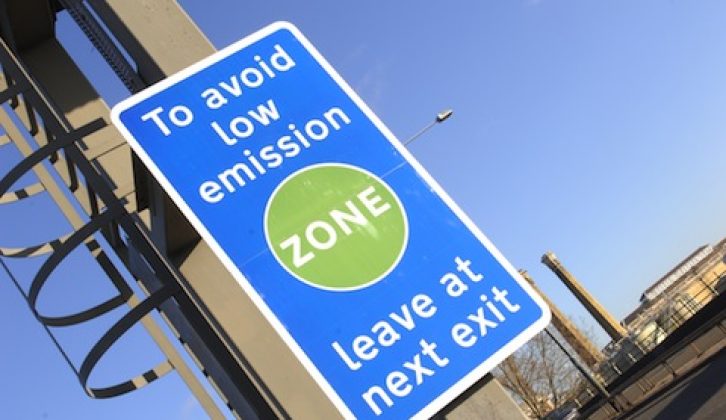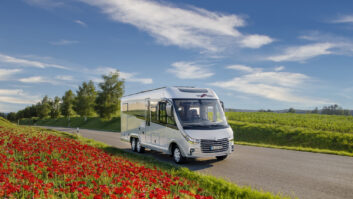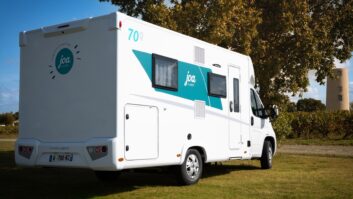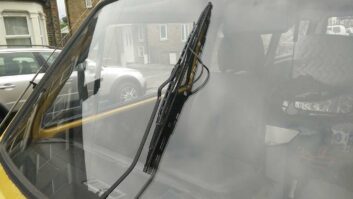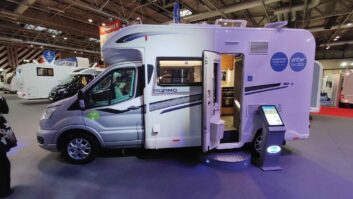[tl:gallery index=0 size=480×319]While on one of the recent new-model launches, I heard that a manufacturer expects to be selling Euro 5-compliant Ford Transits by January 2012. This means that by early 2012 nearly every new motorhome sold in Europe will come equipped with a low-emissions engine. Volkswagen introduced Euro 5-compliant engines in its Transporter line last year, as did Mercedes with its Sprinters, and Fiat recently updated its Ducato to make the grade.
The manufacturer that tipped me off about the Euro 5 Transits is also expecting these new engines to generate a lot of interest in its model line-up, and shift more new models. I wondered if this would really be a major consideration for customers – most motorcaravanners won’t be trading into lower-emissions ’vans unless they’re forced to, simply because changing ’vans is an expensive undertaking. Of course, you may want one purely in order to be more environmentally friendly, in which case you’ll be happy to learn that by the end of the year you’ll have a wealth of options to choose from. But I wasn’t so sure that you’d absolutely need one.
This prompted me to reacquaint myself with the low-emissions zones (LEZs) that have spawned in some, primarily urban, parts of Europe. Vehicles that fail to meet a certain emissions standard are banned from entering these zones, on pain of a large fine. As it stands, low-emissions zones aren’t too serious a consideration for motorhomers who restrict their rambles to Britain and France. In France there are no LEZs – although there are plans to introduce them on a trial basis in future – while in Britain the only LEZ is in London. Those venturing further afield, though, particularly to Italy, Germany and Scandinavia, are likely to find themselves coming across far more emissions-restricted zones.
The European emissions standards stipulate permissible levels of nitrogen oxides, hydrocarbons, carbon monoxide and particulate matter in a vehicle’s exhaust. There are two separate sets of standards, one for light vehicles, including motorhomes with MTPLM ratings up to 3500kg, which is denoted using Indian numerals (Euro 1, Euro 2, etc.); and another for heavy vehicles, including motorhomes over 3500kg MTPLM, which is denoted using Roman numerals (Euro I, Euro II, etc.).
London’s LEZ restrictions are due to become stricter from January 3 of next year, when motorhomes under 3500kg will have to comply with the Euro 3 standard for particulate matter, while motorhomes over 3500kg will need to meet Euro IV standards. This means that any ’van under 3500kg that was registered as new before 2002, and any ’van over 3500kg that was registered as new before October 2006, will not be able to enter the LEZ without incurring a hefty penalty (£500 for lighter ’vans, and £1000 for heavier ones).
What this also means, though, is that for the time being a Euro 4 compliant motorhome will do just fine in London, and there is as yet no timetable for phasing in Euro 5 compliance. Things are similar throughout most of the LEZs in Europe, with the strictest zones – generally found in Germany and Scandinavia – setting the bar at Euro 4. Here’s a handy guide to LEZs around Europe, if you need one.
What all of this suggests is that for the time being Euro 5 ’vans needn’t be of particular importance to British motorhome buyers, especially since many of us don’t tour in urban areas anyway. In fact, it seems to be a general rule that we can safely stay one emissions grade under the absolute cutting edge in order to travel across much of Europe, and this is likely to continue to be true. I doubt Euro 5 will become a priority until Euro 6 base vehicles start appearing.
